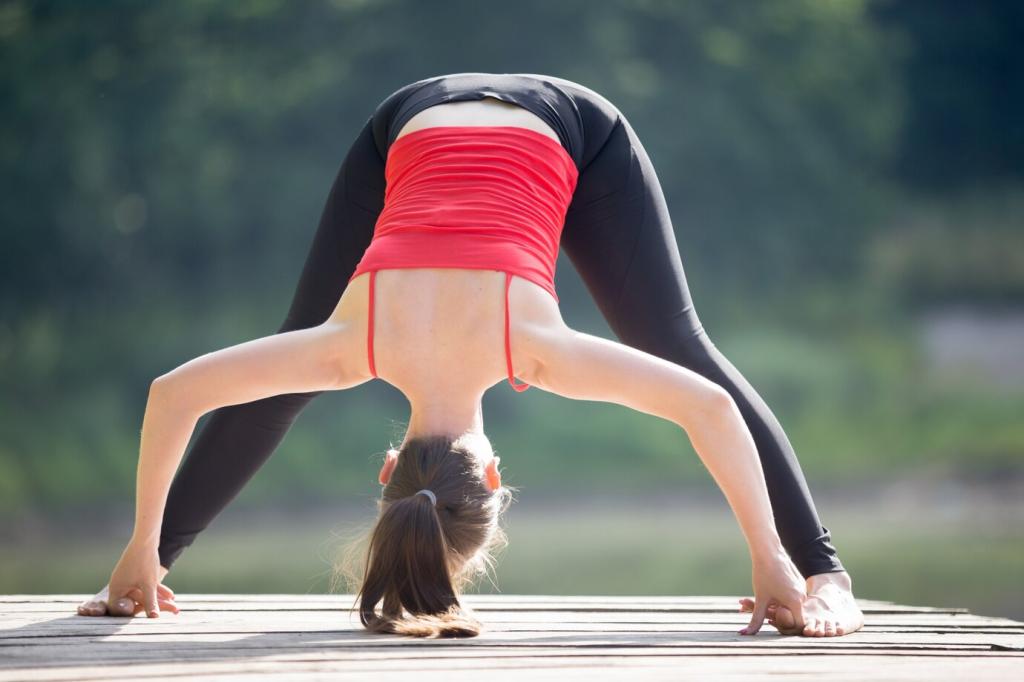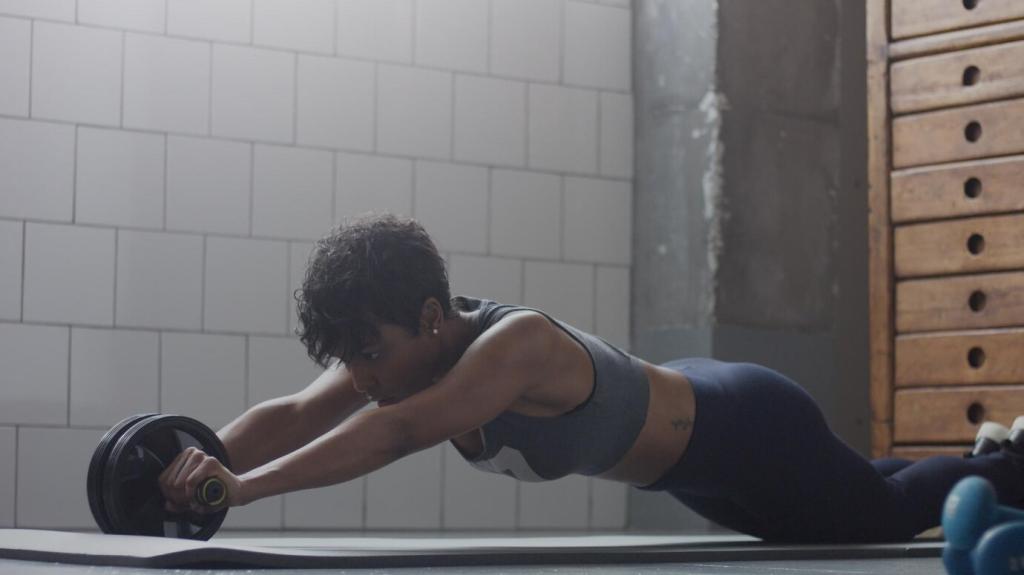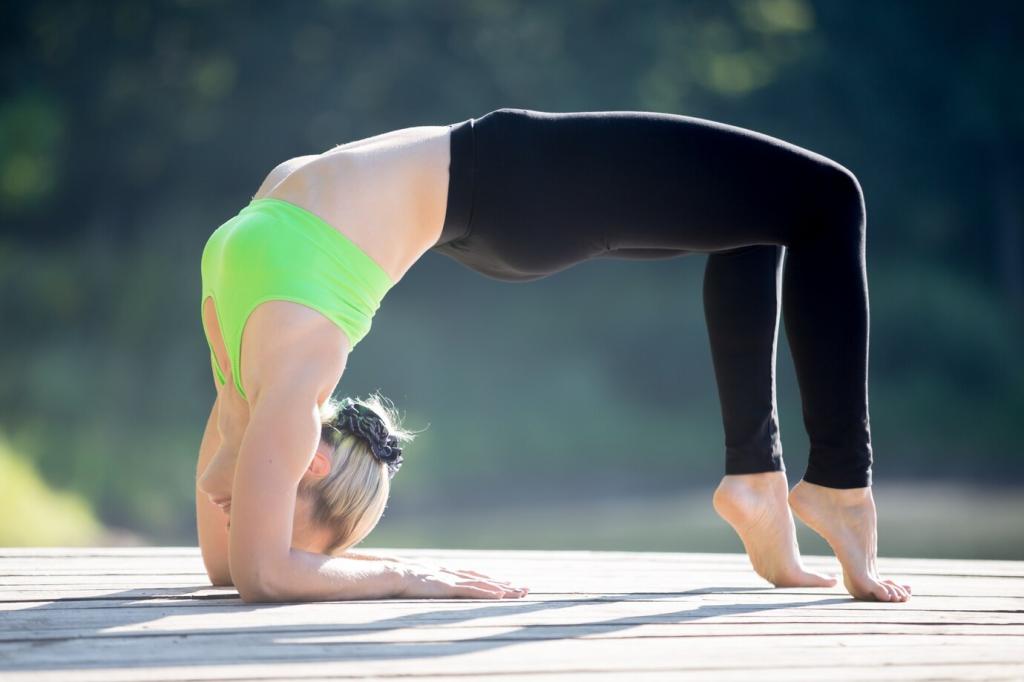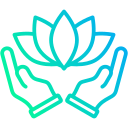Yoga for Flexibility: Tips and Techniques
Today’s chosen theme: Yoga for Flexibility: Tips and Techniques. Step onto the mat with curiosity and leave with space, ease, and confidence. Explore practical, compassionate methods to expand your range without pain—and share your progress with our community.
Why Flexibility Matters in Yoga and Life
Mobility vs. Flexibility Explained
Flexibility is your passive range—the motion you can reach with assistance—while mobility is your active control in that range. Train both through yoga by pairing stretches with gentle strength so new space becomes usable, stable, and safe.
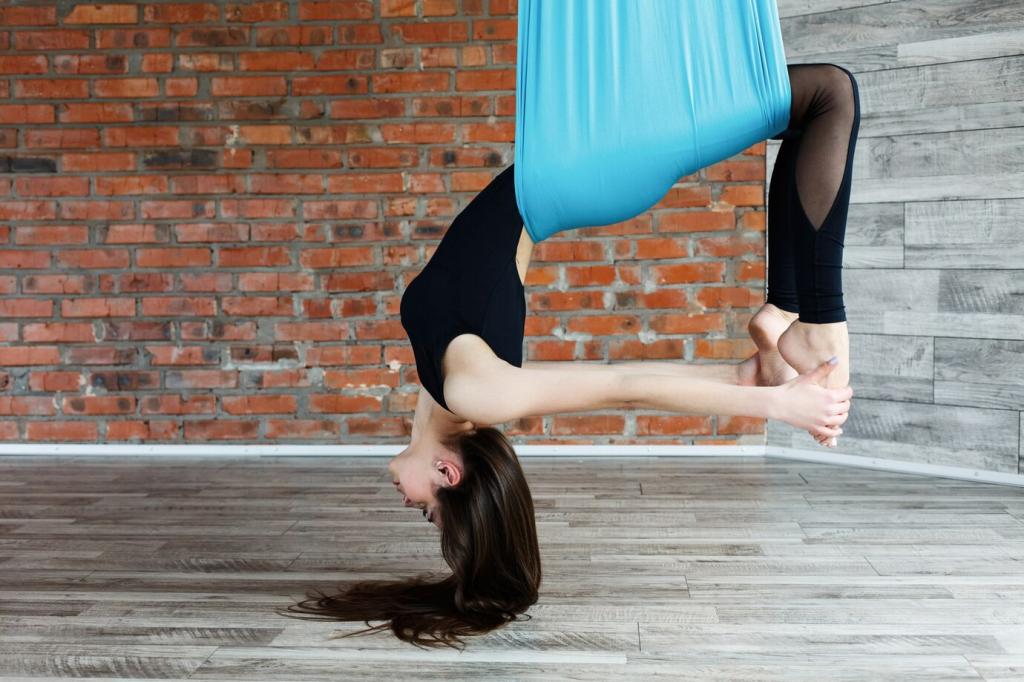
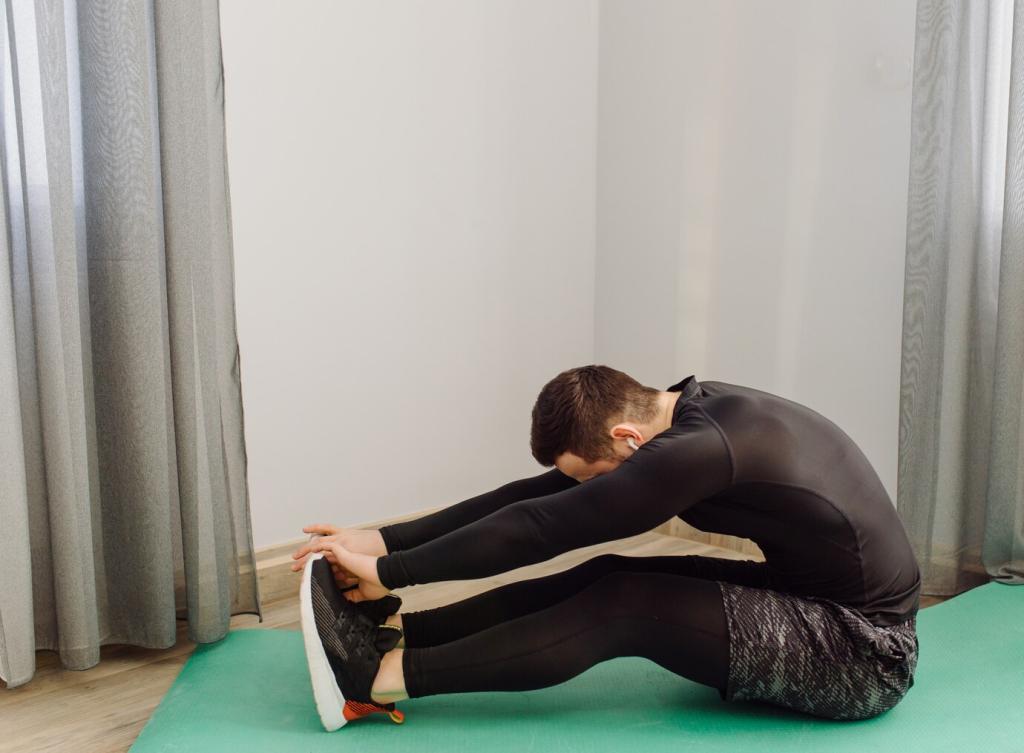
Everyday Benefits You Can Feel
From reaching high shelves without strain to easing tight hips on long commutes, flexibility supports comfort and confidence. Yoga teaches your nervous system that new ranges are safe, reducing guarding patterns that create stiffness and limiting habits.
Warm-Ups That Switch On Your Range
Begin with slow joint circles—ankles, knees, hips, shoulders—keeping the breath soft. These gentle movements lubricate joints, wake proprioception, and signal safety, laying a foundation for deeper flexibility work without startling tight, protective tissues.
Warm-Ups That Switch On Your Range
Use small, rhythmic pulses near your end range rather than abrupt, static forcing. Pulses coax tissues to relax and allow your stretch reflex to settle, so you earn inches of range gradually while keeping the nervous system calm and cooperative.
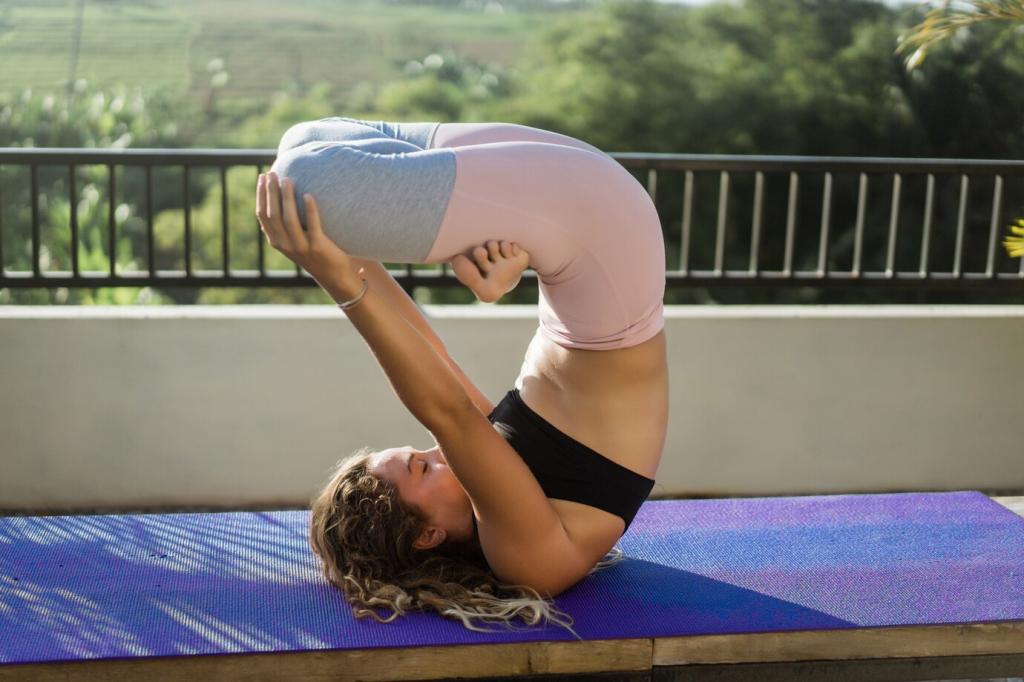
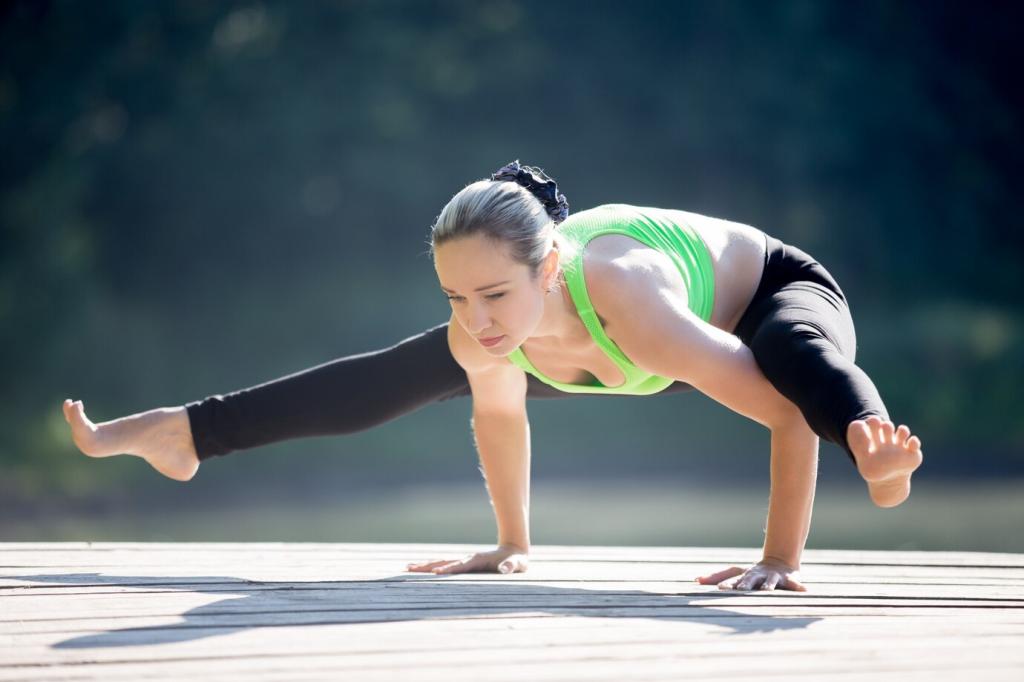
Low Lunge Variations for Hip Flexors
Place your back knee on a cushion, tuck the pelvis slightly, and lift the heart. Reach one arm overhead to lengthen the front line. Add a strap around the back foot for a quad opener that stays steady, spacious, and kind.
Hamstring Smarts in Half Splits
In Ardha Hanumanasana, flex the front foot and hinge from the hips, not the lower back. Keep a micro-bend in the knee and guide the spine long. Breathe into sensation, not pain, and explore tiny adjustments for honest length.
Box Breathing for Soft Releases
Inhale four, hold four, exhale four, hold four. Repeat as you settle into a stretch. The even rhythm anchors attention and quiets reactivity, making space for tissues to lengthen while your mind stays steady and receptive.
Exhale Timing and the Stretch Reflex
Lean into end range on the exhale, when the parasympathetic response is strongest. Avoid yanking deeper on an inhale spike. Let three gentle exhale waves invite ease instead of forcing a single dramatic push into discomfort.
Name Sensations Without Judgment
Describe what you feel—warm, taut, tingling—rather than labeling it good or bad. Nonjudgmental awareness reduces guarding and encourages safe release, teaching the nervous system to trust the new territory you are beginning to explore.
A strap can extend your arms and keep your spine neutral, preventing collapse. In seated forward folds, loop it around the feet to hinge from the hips, keeping length through the back while you explore deepening sensation safely.
Progressions, Props, and Personalization
Blocks reduce the distance to the floor, letting you find alignment first, depth second. In triangle or half splits, use two blocks to stabilize. As control improves, lower the height gradually, celebrating each stable centimeter gained.
Progressions, Props, and Personalization
